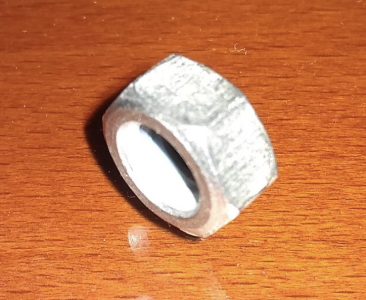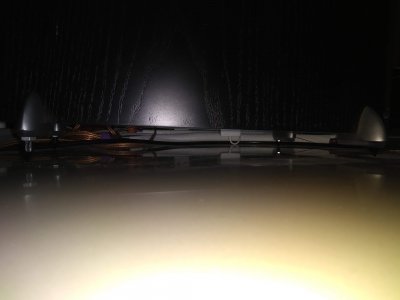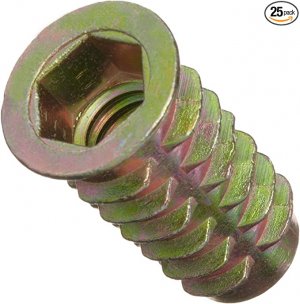I have this pair of Rti A9 floorstanders. They came with feets with rubber base but also with provision to insert and screw in spikes. Today I while doing some cleaning up of my audio room I found 8 spikes that I had never fitted. So I put on some elbow grease and started fitting the spikes. One of the speaker rear feet the threaded socket had a problem and the spike couldn't screw inside completely. This caused the speaker to slant sideways. To fix this, I inserted a nut to act as washer on all the back feets of both the speakers. Unfortunately I had just 4 pieces of nuts. So to be symmetrical I used the 4 nuts only on the back feets. Now both the speakers are facing downwards at the same angle and I find more life in the sound. It goes without saying I will get another four nuts so that the speakers become horizontal again. But because of this changed dynamics I did a google search on speaker slant and I do find people do that but it is rarely spoken about
Here is a stand that comes with the speakers to make the speakers slant backward at 5degrees.
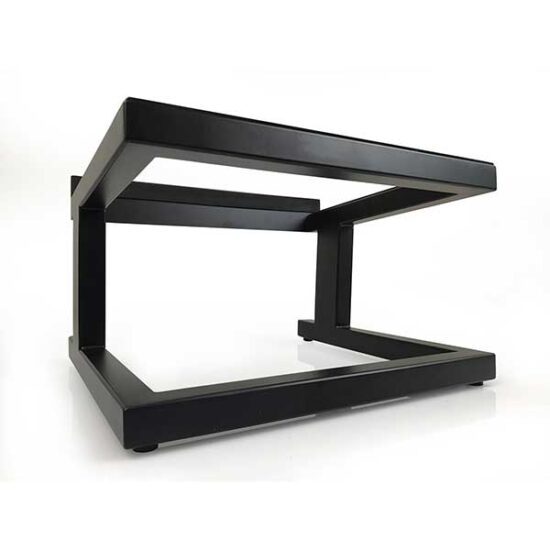
 klhaudio.eu
klhaudio.eu
 www.psaudio.com
www.psaudio.com

 www.axiomaudio.com
www.axiomaudio.com

 forums.stevehoffman.tv
forums.stevehoffman.tv
Also my cadence arista speakers the woofer driver is slanted upwards. Has anyone tried slanting the speakers. What are the pros and cons vs a perfectly horizontal placed speakers.
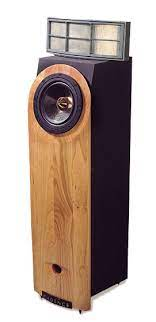
Here is a stand that comes with the speakers to make the speakers slant backward at 5degrees.

5° Slant Riser Base For Model Five - KLH (EU) Love Your Music!
The Model Five stands strong on a 5-degree slant riser base made from powder-coated 14-gauge steel. The riser base’s upward angular stance ensures the sound is directed accurately toward the listener, while the steel guarantees it to be a solid and non-resonant speaker base. This base can be...
 klhaudio.eu
klhaudio.eu
If you’re looking for a quick and easy fine-tuning technique, try tilting the speakers forward or backward relative to the listening position.
This is a time-honored tweak that not everyone’s familiar with, but it sure works great. The easiest way to do this is by using a CD jewel case under the front of your speaker for tilt back or under the rear of the speaker for tilt-forward. The half inch or so depth of a CD case is about perfect for a tilt change. You can use multiple cases to arrive at your final position.
What you’re doing is aiming the tweeter slightly above or below your ear—off-axis. Tilt back and above your ear will open the soundstage and offer a more airy presentation. Tilt forward and the opposite happens.
Tilt ‘er back – PS Audio

Speaker Placement Series Part 2
Award-winning best speakers for music, made in Canada. Call 1-888-352-9466 for advice on the best home theater speaker, wireless speakers and amplifiers for your home.
I've been experimenting with speaker rake angle/tilt over the past few months. In the past, I simply set my stands and speakers level with the floor, as is the typical recommendation in owner manuals. After many listening trials, I've concluded that this parameter can be just as critical as toe-in and wall distance. With my main system speakers, 1/4 of a degree can make a very audible difference, even in bass quality. I'm interested to hear of your experiences with this often neglected variable.
The often neglected tweak: speaker rake angle
I've been experimenting with speaker rake angle/tilt over the past few months. In the past, I simply set my stands and speakers level with the floor,...
Also my cadence arista speakers the woofer driver is slanted upwards. Has anyone tried slanting the speakers. What are the pros and cons vs a perfectly horizontal placed speakers.

Last edited:


